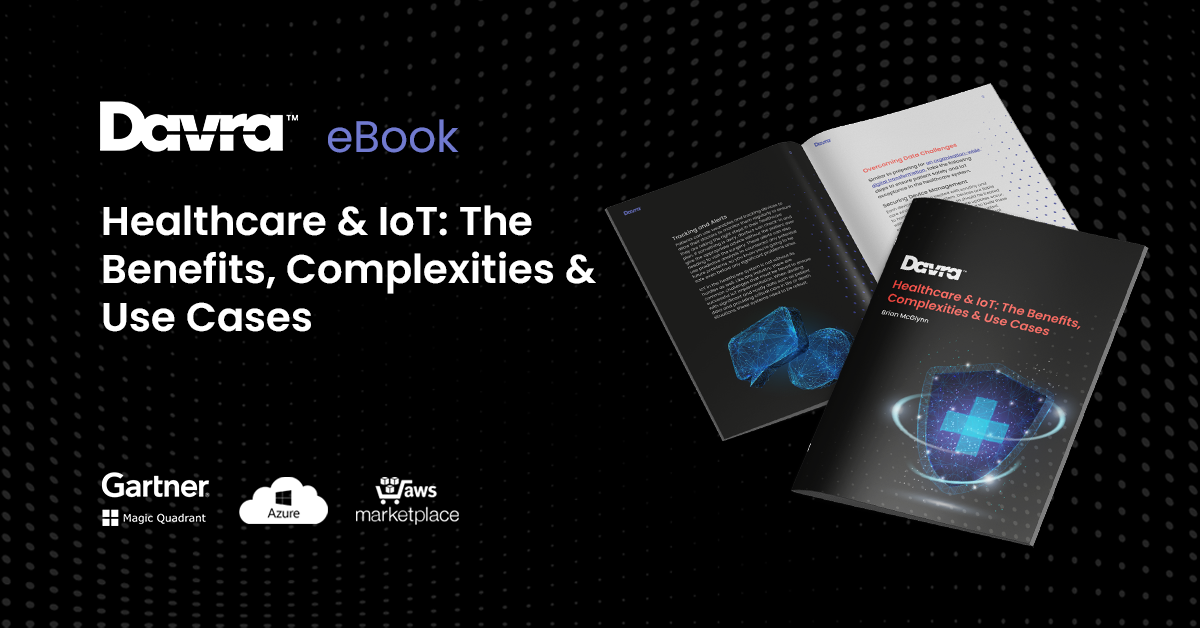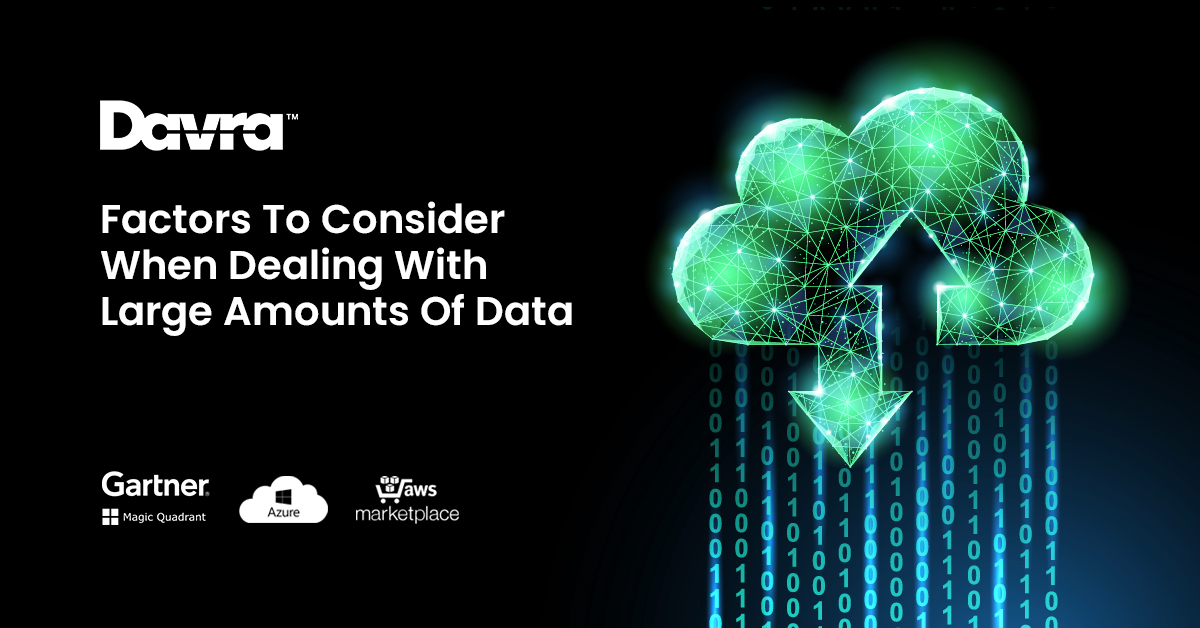IoT in Healthcare Use Cases eBook
Download Your Free IoT in Healthcare Use Cases eBook
Read More


In the IoT world, databases take on a whole new meaning. With the constant streams of data and large amounts of it unstructured, a new revolution of database development has had to emerge. Due to the complexities of IoT platforms and lack of standardisation, a similar approach had also been taken in database development. That is, developing and assessing databases per solution.
The IoT industry itself is very fragmented and the various architectures and networks can make it confusing. Choosing a database that is right for your solution is key. IoT databases that aren’t as overarching in their intent to cover the whole business, but instead are focused on specific problems.
These problems could be ingesting data streams created by users or in an IIoT use case, a large amount of sensors that measure correlates, telemetry positions, or temperature and pressure readings. That is why IoT platforms often utilise open source databases that are specifically build for purpose.
Regular databases on the other hand, deal with structured and routine uptake of data and fit into a particular schema, made of columns, slots and repositories.
There are a myriad of factors to consider when deciding on a database and then how to structure it. In order to ensure your data is handled adequately and can fulfil it’s purpose, it’s important you look at your end goals and the IoT environment.
There’s so much already occurring in the environment that the basics can often be overlooked:
1. Geographic location: Depending on your applications, you may need to know the geographic location of your devices on a regular basis. Ensuring you have the right network connectivity options will be imperative.
2. Fog and edge/cloud computing: Your database will most likely cater to processing at the edge, unlike before where all of this happened on the cloud. Therefore, the capabilities must be there to allow for a mix of fog computing.
3. Size, scale and indexing: Real-time data creates a huge influx of data that needs to be consistently managed. To create these real-time graphs the data should be indexed so it can be easily found when called upon, rather than having to search through every single row.
4. Effectiveness while handling a huge amount of data: If the database manages to store all of this information but is then slow to retrieve it, then it isn’t of much use. IIoT systems often cater to mission-critical events that need fast, real-time processing and alerts in order to be effective, and your database needs to keep up and be able to withstand high loads.
5. User-friendly schema: Schema defines how the database is organised, and if this isn’t logical or applicable to the use case then it can become siloed and ineffective as it’s outputs won’t make logical sense to the end user.
6. Portability: Databases should have the abilities to move to other servers while keeping their schema intact. This is especially applicable if there are outages or connectivity problems in the organisation, where time-sensitive data needs to be regularly sent and maintained.
7. Heterogeneity and integration: IoT databases are heterogenous in their nature due to the sheer amount of varied data, meaning the system has even more work to do because the data is so diverse. Heterogeneous database systems attempt to unify disparate databases by providing uniform conceptual schemas that resolve representational heterogeneities, and by providing querying capabilities that aggregate and integrate distributed data, ensuring your data is integral and makes sense even if all the data points are scattered.
8. Time series aggregation: Aggregation is the most basic function of time series data query and analysis. Time series data records the original state-change information. However, when doing time series data query and analysis, we usually do not need the original information. Instead, we need the statistics based on the original information. For example, the total sum of the data, the max and min of the data or the average amounts.
At Davra, we develop and build out databases with our customers to ensure every endpoint is acknowledged and is tied in perfectly with your business goals. Breaking your solution down into its component services enables you to get a more accurate picture of the type of database you need. If you would like more information on how to build out a portable and scalable database solution for your IoT project, please get in touch today.
Brian McGlynn, Davra, COO
Download Your Free IoT in Healthcare Use Cases eBook

Davra IoT is the only Industrial IoT Platform Available on AWS Marketplace
Read MoreThe Collaboration of Humans & Robots Has Created The Cobot
Read More